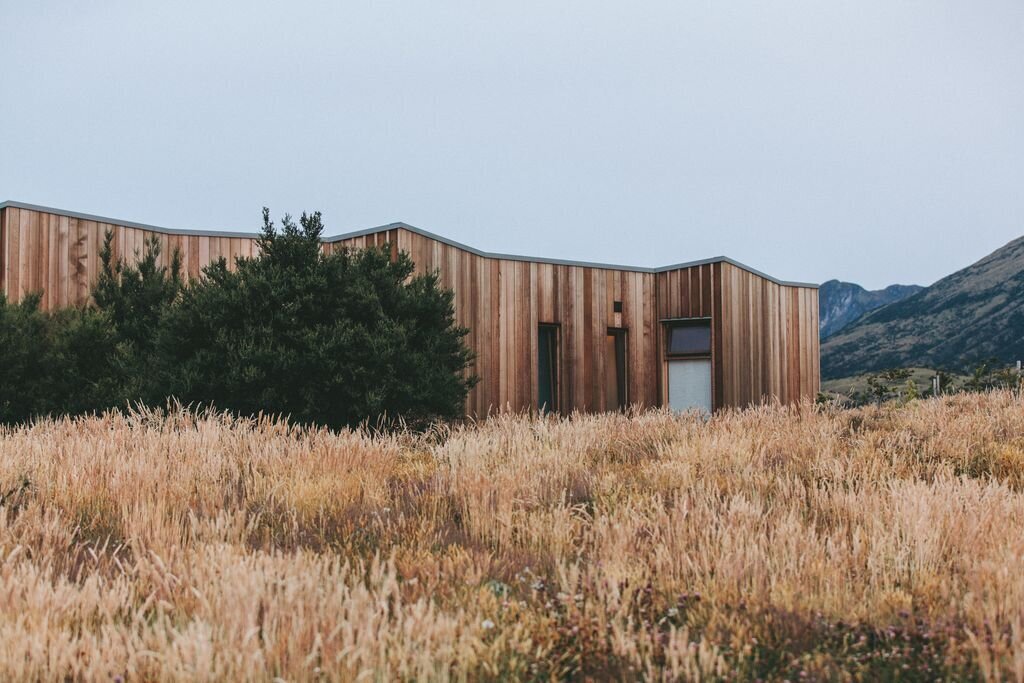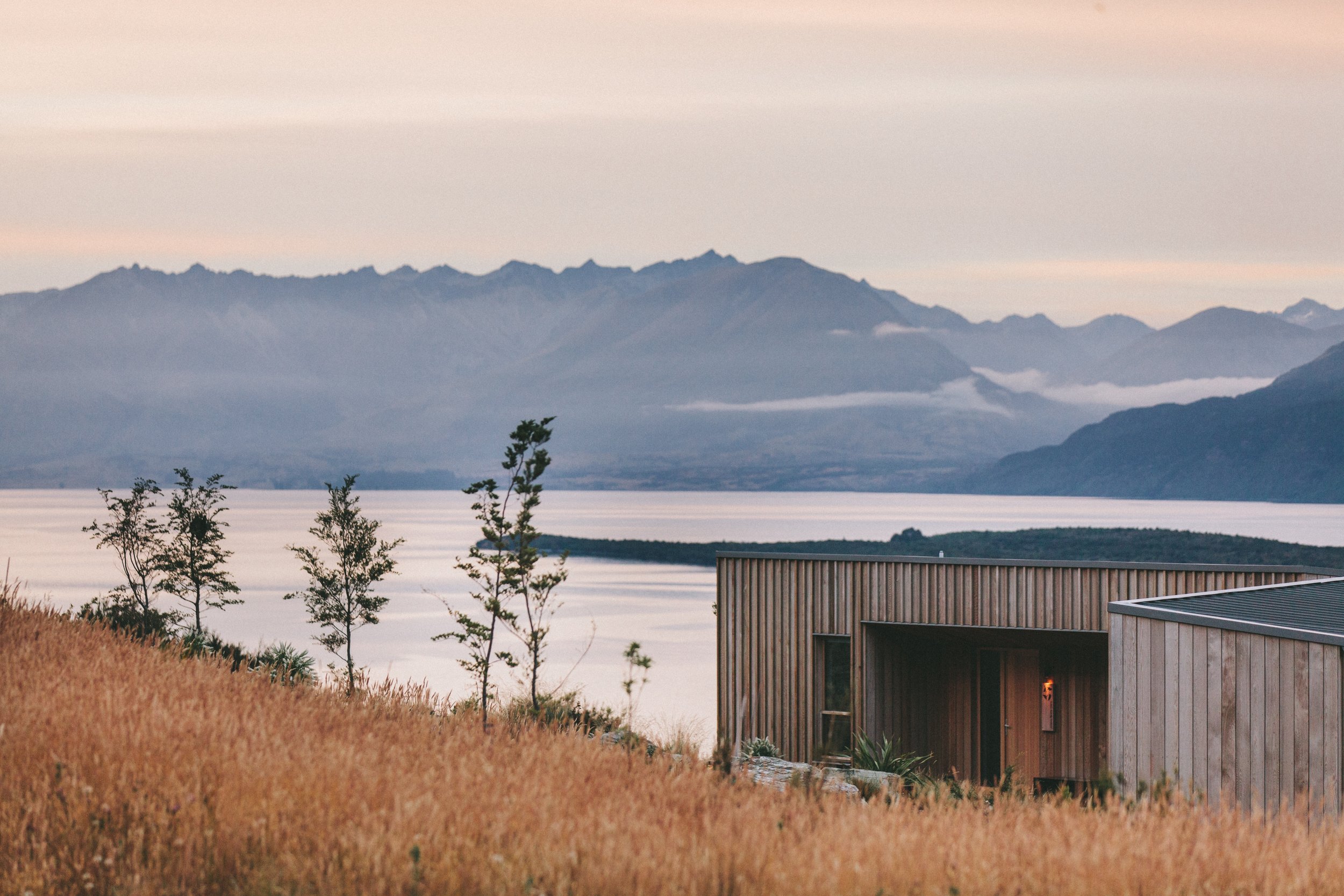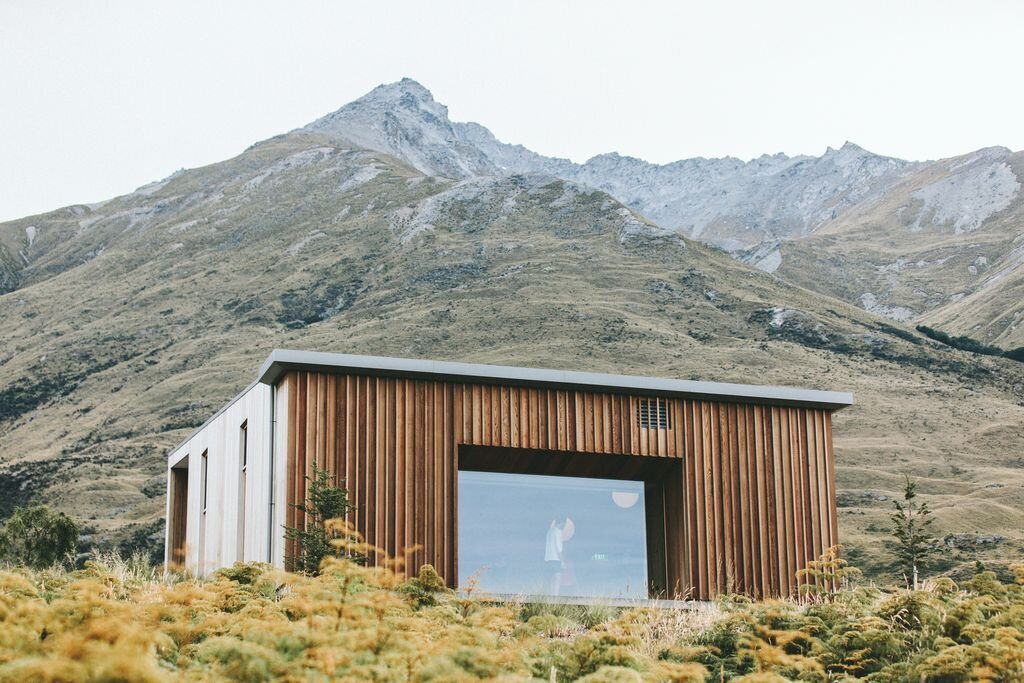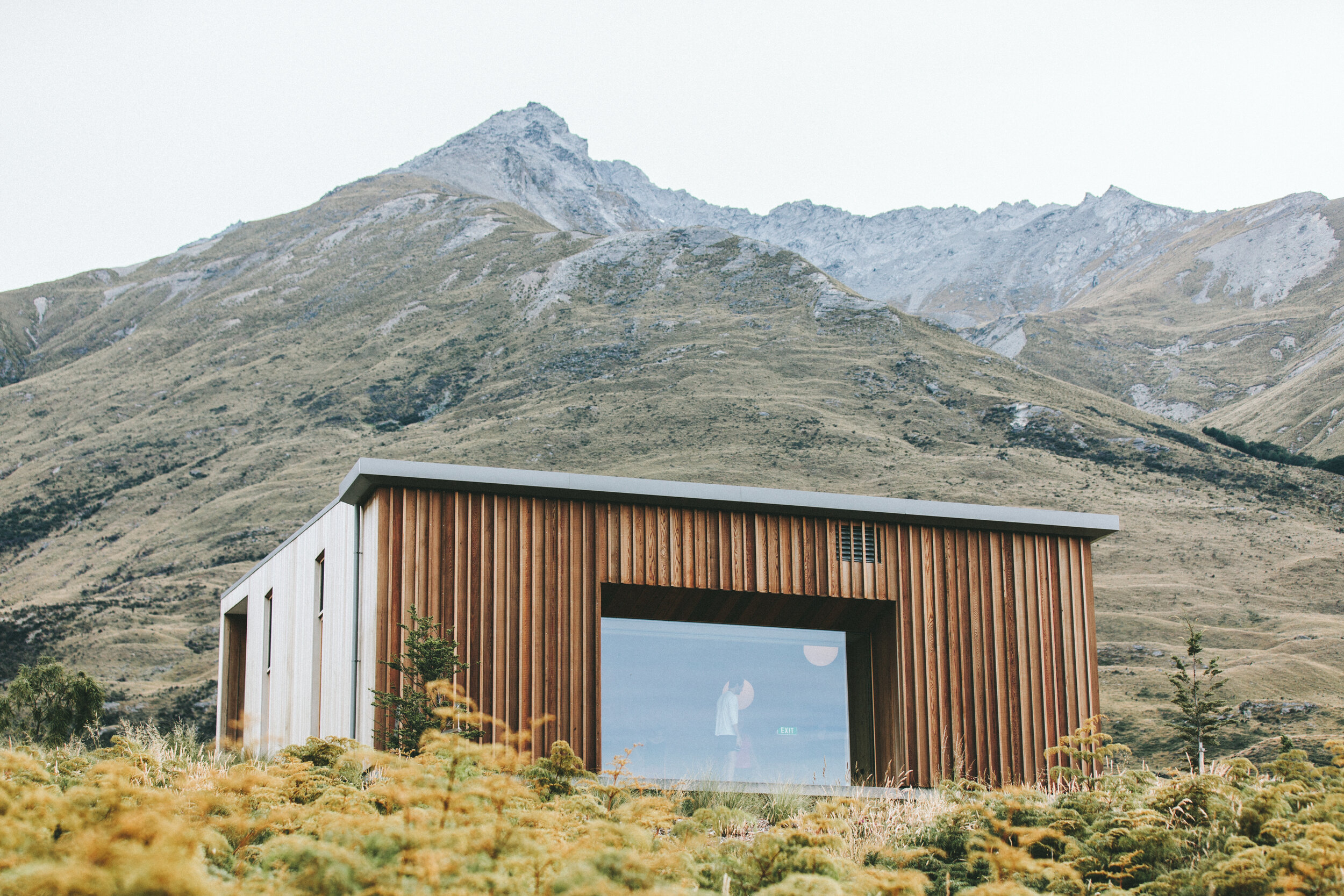Family Quest: Connecting Families with Enriching Local Activities
Overview
Family Quest is a conceptual responsive web application designed as a comprehensive, user-friendly platform for parents and guardians to discover, evaluate, and plan engaging local educational and enriching activities for their families. Addressing the common frustrations of fragmented information and difficult planning, Family Quest aims to foster quality family time, facilitate off-screen learning, promote community exploration, and help create lasting memories, all while prioritizing inclusivity and accessibility.
My Role: Sole UX/UI Designer
Responsibilities: End-to-end UX/UI process including User Research, Persona Development, Competitive Analysis, Empathy & Journey Mapping, Information Architecture, User Flows, Wireframing (Low & High-Fidelity), Prototyping, Usability Testing, UI Design, Accessibility Integration.
Duration: March 2025 - April 2025
Tools: Figma, Pen & Paper.
The Problem
Finding suitable family activities is often a fragmented and frustrating experience. Parents waste valuable time searching across numerous websites, blogs, and social media, struggling with incomplete, unreliable, or outdated information. Critically, finding accurate and easily accessible details about accessibility (physical, sensory, dietary) is exceptionally difficult, excluding families with specific needs. This leads to information overload, poor user experiences (especially on mobile), a high risk of choosing unsuitable activities, and ultimately, wasted time, money, and missed opportunities for quality family engagement.
Core User Pain Points Identified:
Time-Consuming & Fragmented Discovery: No single, trusted source for finding relevant activities.
Incomplete, Unreliable, or Outdated Information: Difficulty evaluating suitability and logistics.
Critical Accessibility Information Gap: Major struggle finding reliable accessibility details.
Poor & Inconsistent User Experience (Especially Mobile): Many resources are clunky or not mobile-friendly.
High Risk of Mismatched Expectations & Wasted Resources: Leading to disappointing outings.
The Goal
The primary goal of our responsive web app, "Family Quest," is to empower parents and guardians to:
Easily discover local educational and enriching activities.
Confidently evaluate potential activities, including critical accessibility details suitable for diverse needs (various ages, abilities, etc.).
Seamlessly plan scheduled outings or spontaneously find suitable activities on the go.
Ultimately, this will reduce the time and frustration spent searching, increase confidence in activity choices, foster more frequent quality family time, promote off-screen learning, and enable the easy creation of lasting memories.
My Role
& Responsibilities
As the sole UX/UI designer, I conducted the end-to-end design process for this conceptual project, with responsibilities spanning from initial research and strategy to final visual design. This involved performing secondary research and competitive analysis, developing user personas, empathy maps, and journey maps to build a deep understanding of the user. From these insights, I defined problem statements, user stories, and value propositions to guide the project. I then designed the information architecture, including the sitemap and user flows, before creating both low-fidelity wireframes (mobile-first) and detailed high-fidelity mockups. Throughout this process, I established the visual design direction and ensured accessibility best practices were incorporated. Finally, I planned for usability testing and outlined the next steps involving interactive prototyping and design iteration.
The Approach & Process
A user-centered design methodology, closely aligned with the Design Thinking framework (Empathize, Define, Ideate, Design, Test/Iterate), guided this project. The focus was on deeply understanding the needs of diverse families, including crucial accessibility requirements, and designing an intuitive solution to address their core pain points in finding suitable activities.
The key phases and activities undertaken in this conceptual project included:
Empathize: Focused on understanding the user and the problem space through:
Detailed planning for primary user research (interview scripts, goals).
Simulated user interviews (based on initial personas) and mock synthesis of secondary research findings.
Creation of detailed empathy maps to visualize user needs, thoughts, feelings, and actions.
Initial development of user personas representing key target audience segments.
Define: Synthesized research insights to clearly articulate the core problems and user needs through:
Refinement and finalization of user personas (Chandra, Ben, David), incorporating accessibility needs.
Mapping the current state user journey to identify key friction points and opportunities.
Developing focused problem statements and user stories.
Defining clear value propositions and a project goal statement.
Ideate: Explored potential solutions and strategies through:
Conducting a competitive audit to understand the existing landscape and identify gaps.
Brainstorming a wide range of features aligned with user needs and project goals.
Formulating hypothesis statements connecting proposed features to expected user outcomes.
Design & Structure: Translated strategy into a structural blueprint through:
Defining the primary user task.
Mapping the primary user flow and creating illustrative storyboards.
Developing the information architecture via a detailed sitemap.
Creating detailed textual descriptions for low-fidelity wireframes (mobile-first) for key screens and flows, ensuring accessibility considerations were incorporated into the layout and content strategy.
Test & Iterate (Planned): While implementation and live testing were beyond the scope of this conceptual project, the next steps were clearly defined:
Creating interactive low-fidelity prototypes based on the wireframes.
Conducting usability testing (Round 1) using a detailed test plan to gather user feedback on the core flows and information architecture.
Iterating on the designs based on testing insights before proceeding to high-fidelity mockups and further testing.
Throughout this process, a strong emphasis was placed on inclusivity and ensuring the design foundation could support the diverse needs of all families.
Empathize
Understanding the Family Quest User
To ensure "Family Quest" addressed real user needs, the initial phase focused deeply on empathizing with parents and guardians navigating the challenge of finding family activities. The goal was to understand their current processes, frustrations, motivations, and crucially, how accessibility factors into their decisions.
Planning for Insight: Laying the Research Groundwork
A structured research plan guided user understanding:
Defining Research Goals: Objectives included understanding discovery methods, identifying frustrations (especially accessibility), determining decision factors, and gauging interest in enrichment features.
Crafting an Interview Guide: A semi-structured interview script (Appendix A) was outlined to elicit detailed stories, probe pain points, and understand accessibility research methods.
Simulating Real-World Perspectives
User research was simulated for directional insights:
Mock User Interview: An interview simulated with the "Ben, The Weekend Explorer" persona (Appendix D) highlighted challenges with last-minute planning, mobile usability, and finding reliable information.
Mock Secondary Research Synthesis: Synthesized findings from planned sources (parenting forums, articles, accessibility guidelines) reinforced the prevalence of fragmented information, the significant user frustration around accessibility details, and the importance of cost/reviews
Empathy Mapping
Qualitative insights were consolidated into an Empathy Map for "Ben" (See Visual Below / Appendix B), visualizing his perspective (Says, Thinks, Does, Feels) and crystallizing his core Pains (time pressure, unreliable info) and Gains/Goals (finding fun quickly, reliability).
Defining the Target Users: Persona Development
Based on insights gathered, representative user personas were developed:
Chandra, The Proactive Planner: Represents meticulous planners valuing educational content and navigating significant accessibility needs.
Ben, The Weekend Explorer: Represents spontaneous, mobile-first users needing quick, reliable information, including specific accessibility checks.
David, The Consensus Builder: Represents families juggling multiple children's interests, prioritizing reliability, ease of planning, and value.
These personas provided concrete representations of the target audience, ensuring subsequent design decisions remained focused on their diverse goals and frustrations.
Define
Having gained empathy for the target users and their context in the Empathize phase, the focus now shifted to synthesizing these insights. The Define phase was crucial for clearly articulating the core problems, user needs, and the strategic direction for Family Quest before moving towards solutions. The finalized personas developed previously – Chandra (The Proactive Planner), Ben (The Weekend Explorer), and David (The Consensus Builder) – served as constant anchors during this synthesis, ensuring that the identified problems and subsequent strategies remained firmly rooted in user needs, including critical accessibility considerations.
User Journey Map
To gain a clearer, more visceral understanding of the user's existing challenges, a Current State User Journey Map was created for Ben, The Weekend Explorer. This map visually traced his typical steps, tools used, thoughts, and emotional fluctuations while attempting to find a suitable weekend activity for himself and his son under time pressure.
Problem Statements
Based on this deep understanding of user struggles and unmet needs, focused problem statements were crafted. These statements precisely defined the core challenges Family Quest aimed to solve for its users:
(Core Discovery & Evaluation): Busy parents/guardians (like Ben & David) need a way to quickly find and reliably evaluate local family activities (including suitability, cost, logistics, and accessibility features) because current methods involve time-consuming searches across fragmented sources with incomplete, untrustworthy, or outdated information, often leading to frustration and unsuitable choices.
(Planning & Confidence): Planning-focused parents/guardians (like Chandra) need a way to confidently plan enriching family outings by accessing detailed, accurate information (particularly regarding specific educational aspects and comprehensive accessibility details) because the lack of centralized, reliable, and specific information makes advance planning difficult and increases the risk of choosing experiences that don't meet their family's specific goals or crucial accessibility requirements.
(Meeting Diverse Needs & Avoiding Disappointment): Families with multiple children or diverse needs (like David's) need a way to efficiently identify activities that genuinely appeal to and accommodate all family members (considering different ages, interests, and basic logistics) because generic listings and vague reviews make it hard to predict multi-child satisfaction and logistical ease, often resulting in wasted resources and disappointing experiences.
User Stories
To bridge the gap between the defined problems and the eventual design solution, key user stories were developed. These stories translated user needs into specific, actionable requirements for the application, ensuring features directly addressed user goals:
For Ben: As Ben, I want to quickly see activities happening near me right now or this weekend so that I can find spontaneous things to do with Leo."
For Ben: As Ben, I want to filter or easily see information regarding food allergy accommodations so that I know if Leo can eat safely.
Universal Need: As a [Parent/Guardian], I want to easily find activities that are free or low-cost so I can manage my budget.
Hypothesis Statements
Based on the defined user problems and identified opportunities, key hypotheses were formulated to guide the design strategy. These testable statements propose how specific features will address core challenges:
Information & Filtering: Centralized, robust filtering (inc. accessibility, cost/free, map) and clear upfront info will reduce search time & increase user confidence.
Accessibility Trust: Detailed, filterable accessibility info (physical, sensory, dietary) will ease discovery for those with needs, reduce anxiety, and build trust.
Social Proof: Integrated user reviews & ratings will drive faster, more confident decision-making via social proof.
Mobile Experience: An intuitive, mobile-first design with visual browsing will increase spontaneous discovery and user engagement.
Engagement & Planning: Integrated planning tools (saving, calendar) & enrichment features (journaling, prompts) will boost retention and perceived value.
Value Propositions
Family Quest aims to deliver clear benefits:
Find Your Next Family Adventure, Fast: A mobile-friendly platform providing curated, easily searchable listings with key info upfront, significantly reducing search time.
Plan with Confidence: Reliable Info & Real Reviews: A trusted resource offering detailed, up-to-date activity information, verified accessibility details, and authentic family reviews.
Accessible Adventures for Every Family: An inclusive platform featuring dedicated, filterable accessibility information, making it simple to find welcoming experiences.
Go Beyond the Event: Enrich & Remember: Optional pre/post-activity ideas and an integrated Family Journal to enhance experiences and preserve memories.
Ideation & Design Solutions
Ideation
Brainstormed features aligned with value props, including robust filtering (free, accessibility, map-draw), standardized detail pages, reviews, saving/sharing, journaling, and calendar integration. Prioritized core features for MVP.
Information Architecture
& Sketching
A hierarchical sitemap was designed, optimized for mobile navigation (Tab Bar: Discover, Map, Saved, Journal, Profile), ensuring logical organization and clear pathways for core tasks.
Primary Task & User Flow
Defined the Primary Task: Successfully find and select a suitable local activity that meets the family's immediate criteria and allows confident evaluation based on detailed information (including reviews and critical accessibility details). Mapped the detailed user flow for this task, accommodating multiple discovery paths and emphasizing filtering and evaluation steps.
Storyboard
Visualized David Miller's journey using the app to find an activity suitable for both his kids, highlighting how Family Quest addresses his specific pain points.
Mobile-First Wireframing
Developed low-fidelity wireframes for key screens in the primary task flow and secondary flows (Saved/Planned, Journal), focusing on structure, hierarchy, and mobile usability. Annotations explained functionality and rationale.
Prototyping
& Testing
Low-Fidelity Prototype
& Usability Testing
A clickable low-fi prototype focusing on the primary find-and-select flow was created. A usability test plan was developed targeting diverse personas. Simulated Key Findings:
Positive: Users generally understood the core navigation and flow. The standardized layout of activity details was appreciated.
Issues: Some users struggled initially to locate the detailed "Accessibility" filter options (needed more prominence). The distinction between "Save to Wishlist" and "Add to Plan" (hypothetical buttons) caused confusion. Users requested a "Free" filter shortcut.
Quote: "I really liked seeing the accessibility info clearly laid out, but finding the filter for it took an extra click."
Design Iterations
Based on findings, key changes were made to the wireframes:
Accessibility Filter: Elevated its prominence within the main filter view, potentially using a clear icon. Added a dedicated "Free" toggle/button near the price filter.
Save Functionality: Consolidated "Save" actions to a single clear "Save/Bookmark" icon/button, simplifying the choice.
High-Fidelity Mockups & UI Design
High-Fidelity Mockups
Developed high-fidelity mockups applying the visual design to the iterated wireframes.
Visual Design & UI
Defined a visual direction aiming for: Trustworthy, Welcoming, Engaging, Simple, Inclusive. Focused on a clean UI, high-quality imagery, intuitive iconography, accessible color contrast (WCAG AA+), readable typography, and generous touch targets.
Interactive High-Fidelity Prototype
An interactive prototype was built in Figma simulating the core app functionalities, allowing for a realistic feel of navigating the app and completing key tasks like finding records and accessing reminders.
Accessibility Considerations
Personas
Included specific accessibility needs.
Filtering
Dedicated, detailed accessibility filters.
UI Design
Adherence to WCAG for contrast, target sizes, font readability, planned keyboard navigation support.
The Final Solution
The final design, embodied in the high-fidelity prototype, presents Family Quest as a clean, intuitive, and trustworthy platform. It enables parents to efficiently discover activities via lists, maps, and robust filters (including critical accessibility options). Detailed activity pages with standardized information, user reviews, and clear calls-to-action empower confident decision-making. Integrated features like saving, calendar views, and journaling support planning and memory-keeping, creating a holistic tool for enriching family life.
Outcomes
& Reflections
Impact
The design directly addresses the identified user pain points by centralizing information, providing powerful filtering (especially for accessibility), building trust through reviews, and offering a superior mobile experience. Simulated usability testing validated the core navigation and information structure, with iterations improving clarity. The platform is anticipated to significantly reduce planning time and stress, increase the discovery of suitable and accessible activities, and enhance overall family satisfaction with outings.
What I Learned
This project was invaluable for applying the end-to-end UX process. Key learnings included:
Accessibility from the Start: Integrating accessibility considerations from the persona stage fundamentally shaped the design requirements (filters, content structure) for the better, proving it's not just a final check-box item.
The Power of Iteration: Even simulated testing highlighted ambiguities (e.g., save buttons) that were easily fixed early, preventing user frustration in a live product.
Balancing Diverse Needs: Designing for Chandra's detail orientation, Ben's need for speed, and David's consensus-building required careful thought about information hierarchy, filtering flexibility, and clear communication.
Next Steps
If this project were to move forward, the next steps would include:
Further Usability Testing
Test the high-fidelity prototype with a broader range of users, including those with specific accessibility needs using assistive technologies.
Content Acquisition Strategy
Plan how to populate and maintain accurate activity and accessibility data (provider partnerships, curation team, user submissions?).
Feature Prioritization (Post-MVP)
Evaluate and implement features like integrated booking, advanced journaling, community features, or parent-focused content based on user feedback and business goals.














